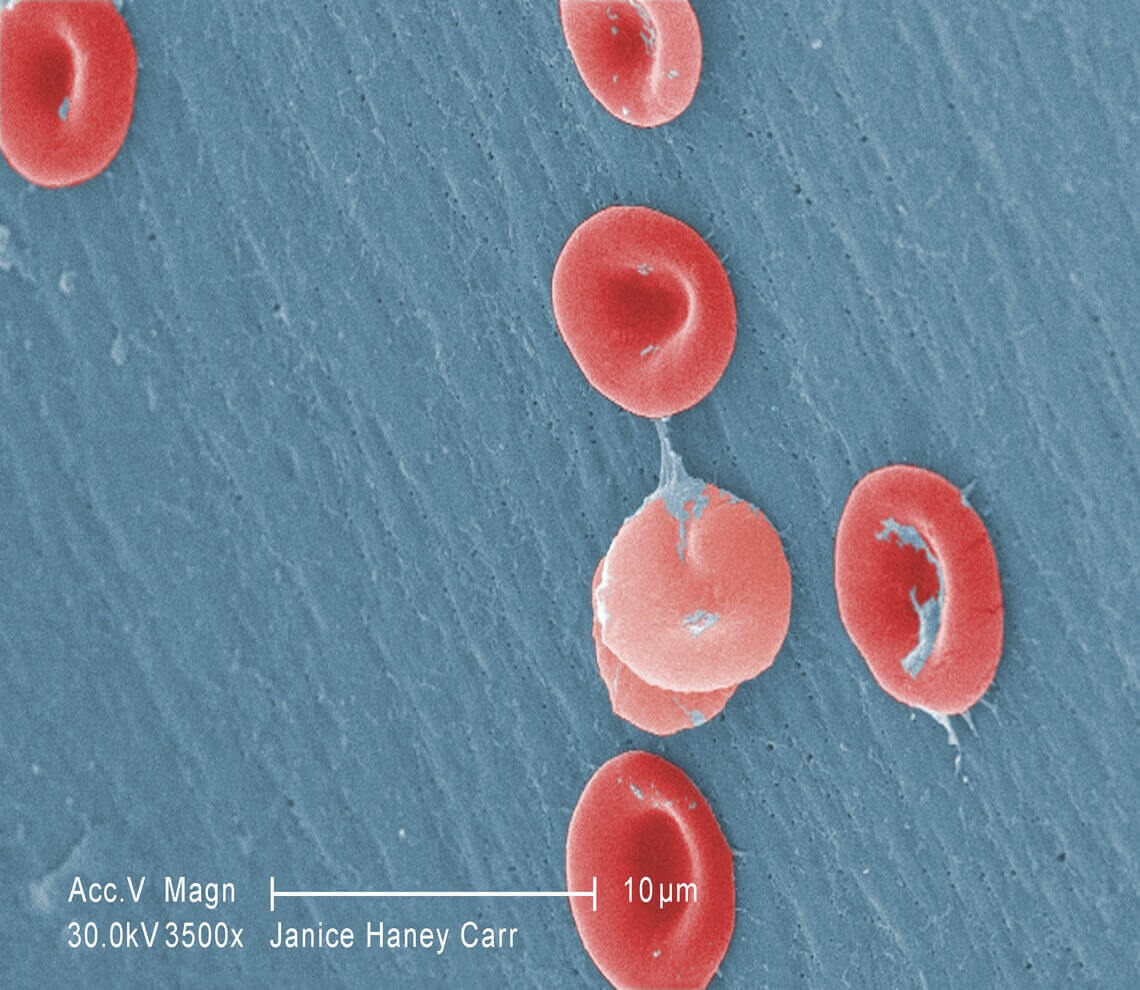- Our Suppliers
- MBS Monoclonals
- MPO, Rat, mAb 2D4, FITC
Product short description
Price:
702 EUR
Size:
100ug
Catalog no.:
GEN584461
Product detailed description
Also known as
MPO
Gene name
MPO
Gene name synonims
N/A
Concentration
N/A
Clone
N/A
Purification method
N/A
Immunoglobulin isotype
IgG1
Category
Antibodies
Clonality
Monoclonal
Latin name
Rattus norvegicus
Other gene names
MPO; MPO; N/A; MPO
Conjugation
Anti-FITC Antibody
Subcategory
Mnoclonal antibodies
Host organism
Rat (Rattus norvegicus)
Tested applications:
F, Flow Cytometry (FC/FACS), Immunoassay (IA), Immunofluorescence (IF)
Other names
myeloperoxidase; Myeloperoxidase; myeloperoxidase; myeloperoxidase; N/A
Form/Appearance
1.0 ml (100 ug/ml) 0.2 um filtered FITC conjugated antibody solution in PBS, containing 0.02% sodium azide and1% bovine serum albumin.
Species reactivity
Mouse (Mus musculus); Due to limited knowledge and inability for testing each and every species, the reactivity of the antibody may extend to other species which are not listed hereby.
Specificity and cross-reactivity
N/A; Since it is not possible to test each and every species our knowledge on the corss reactivity of the antibodies is limited. This particular antibody might cross react with speacies outside of the listed ones.
Storage and shipping
Product should be stored at Keep the antibody refrigerated at +4 degrees Celsius. Temperature variations in the range between +1C to +7C are tolerable. Under recommended storage conditions, product is stable for one year.
About
Rats are used to make rat monoclonal anti mouse antibodies. There are less rat- than mouse clones however. Rats genes from rodents of the genus Rattus norvegicus are often studied in vivo as a model of human genes in Sprague-Dawley or Wistar rats.
Properties
This MBS Monoclonals Fluorescein isothiocyanate (FITC) antibody is currently after some BD antibodies the most commonly used fluorescent dye for FACS. When excited at 488 nanometers, FITC has a green emission that's usually collected at 530 nanometers, the FL1 detector of a FACSCalibur or FACScan. FITC has a high quantum yield (efficiency of energy transfer from absorption to emission fluorescence) and approximately half of the absorbed photons are emitted as fluorescent light. For fluorescent microscopy applications, the 1 FITC is seldom used as it photo bleaches rather quickly though in flow cytometry applications, its photo bleaching effects are not observed due to a very brief interaction at the laser intercept. MBS Monoclonals FITC is highly sensitive to pH extremes.
© Copyright 2016-Tech News . Design by: uiCookies

